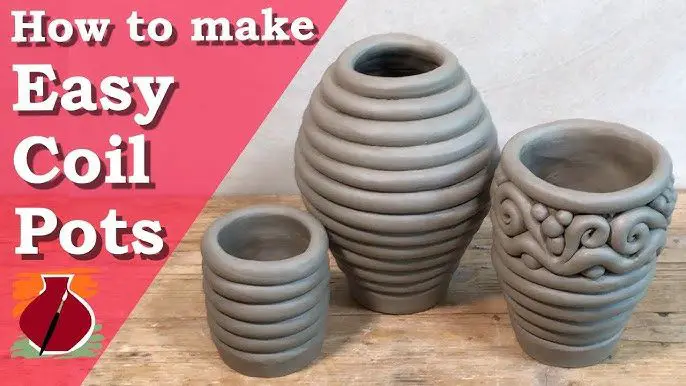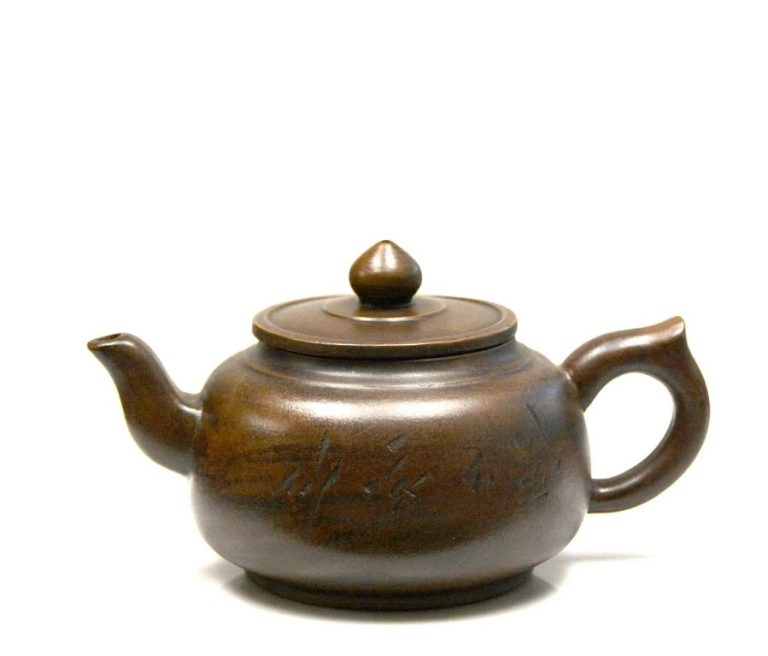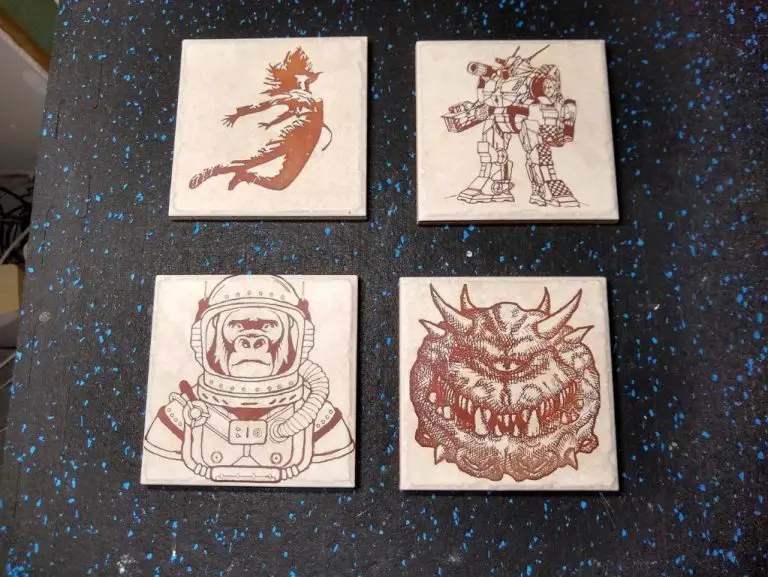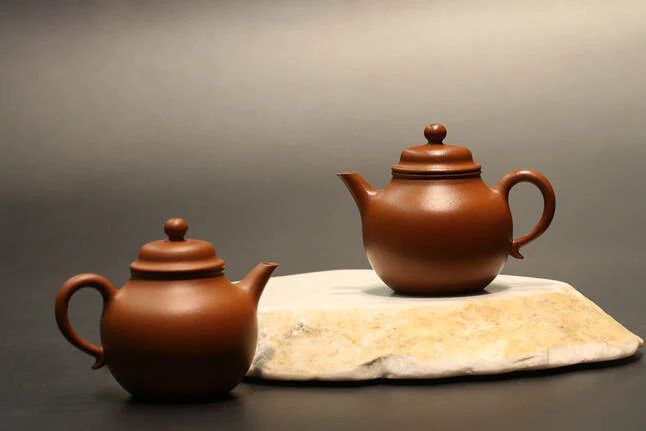What Helps Soften Clay?
Clay is a natural earth material made up of fine-grained minerals like silica and alumina. When clay is mined from the earth, it contains some moisture which acts as a natural binder to hold its shape. However, as clay dries out, it becomes harder and less malleable which can make it difficult to work with for pottery, sculpture, and other arts and crafts.
To temporarily soften hardened clay and make it more pliable for shaping, artists and crafters have several options available. Applying the right substances or techniques can soften clay by adding moisture back into the material or separating the clay particles so they move more freely. With proper treatment, stiff clay can go from brick-hard back to a smooth, flexible, easy-to-mold consistency.
Water
Adding water is one of the most common and effective ways to soften clay. Simply kneading water directly into the clay will make it more malleable. Another technique is to cover the clay in a wet towel or paper towel, which allows it to slowly absorb moisture over time. For very stiff clay, you may need to soak it completely in water for a while before using. The water molecules get between the clay particles and push them apart, allowing them to move more freely.
The main advantages of using water are that it’s readily available and safe for all types of clay. It also softens clay very quickly compared to other methods. The downside is that water can make clay sticky and difficult to handle. Over time, clay will start to re-harden as the water evaporates. So water may need to be reapplied periodically if working on a large project over many days.
Vinegar
Vinegar is a common household item that can be used to soften polymer clay. There are a couple ways to use vinegar:
Mixing in vinegar: Add a few drops or up to a teaspoon of vinegar per 1-2 ounces of clay and knead it in. The acetic acid in vinegar works to soften the clay. Too much vinegar can make the clay sticky.
Soaking clay in vinegar water: Make a solution of 1 part vinegar to 2 parts water. Soak polymer clay in this solution for 5-30 minutes to soften it. The clay will be pliable and smooth after removing it from the soak. Rinse off any excess vinegar smell before using the conditioned clay.
Pros: Vinegar is readily available, affordable and provides a non-toxic way to soften clay. The results are quick.
Cons: Too much vinegar can make the clay sticky. It also has a strong smell that some find unpleasant. The clay needs to be rinsed well or it will retain a vinegar odor.
Oil
Adding a small amount of vegetable oil or mineral oil is an effective way to soften clay. Simply knead a few drops or up to one teaspoon of oil per 1-2 pounds of clay. The oil helps lubricate the clay particles so they move smoothly over one another instead of sticking together stiffly.
Kneading the oil thoroughly into the clay gives the best results. Use your fingers to massage the oil throughout, as overworking with tools can lead to unusual textures. Ensure the clay is conditioned uniformly.
Using oil has several advantages. Oils are very effective at increasing clay pliability quickly. The clay also stays soft for an extended time. Oil-conditioned clay is smooth, flexible, and doesn’t dry out readily when exposed to air. It’s easily re-softened by kneading in a tiny bit more oil.
However, there are some downsides. Too much oil leaves greasy residues on hands and tools. Excess oil on clay surfaces can inhibit paint, glaze, and other finishes from adhering properly. The clay also becomes sticky and needs careful storage. Occasionally, some clays can become almost too soft and limp with oil. Overall, oil is best for occasional or short-term use.
Glycerin
Glycerin is another effective way to soften polymer clay and make it more malleable. There are two main ways to use glycerin with clay: mixing it in directly or soaking the clay in glycerin.
To mix glycerin into the clay, start by adding a few drops and kneading it thoroughly into the clay. Glycerin is very concentrated so a little goes a long way. Add more drops as needed until the clay reaches the desired softness. Using too much glycerin can make the clay sticky.
You can also soak hardened clay in pure glycerin to soften it. Submerge the clay completely in glycerin for at least a few hours or up to overnight. The glycerin will absorb into the clay and make it soft and flexible again. This technique works well for reviving old, dried out clay.
Glycerin is an effective softener because it’s hygroscopic, meaning it attracts moisture from the air. This helps keep clay soft even after conditioning with glycerin. However, too much glycerin can make clay sticky and inhibit curing. Glycerin may also interfere with painting or glazing on the clay. Use glycerin sparingly for optimal results.
Using Heat to Soften Clay
One of the fastest ways to soften clay is by applying a gentle heat. There are a couple easy methods for doing this:
Baking Clay at Low Temp
Preheat your oven to the lowest possible temperature, usually around 200°F. Place the clay on a baking sheet and let it warm in the oven for 10-15 minutes, checking frequently. This allows the clay to gradually and evenly absorb warmth throughout. Be careful not to overheat the clay or it may become brittle.
Using a Hairdryer
Aim a hairdryer set to the lowest heat setting at the clay, moving it continuously to evenly warm the clay. Keep the dryer 6-10 inches away to prevent overheating. This works well for small amounts of clay. For larger pieces, the oven method is safer.
Applying mild heat allows the clay to become more pliable without drastically changing the composition. However, take care not to overheat the clay, which can cause it to crack or become permanently hardened.
Texture Additives
Another method for softening clay is to mix in various texture additives. Some common household items that can be used include baby oil, lotion, or cornstarch.
Adding a small amount of baby oil or lotion to the clay can help make it smoother and more malleable. The oil helps lubricate the clay particles, allowing them to slide over one another more easily. This gives the clay a silkier feel.
Cornstarch is another readily available item that can soften clay. Mixing in a teaspoon or two of cornstarch per pound of clay helps absorb moisture and prevents the clay from getting sticky. The cornstarch particles get between the clay particles and act as a release agent.
The advantages of using texture additives are that they are very accessible, inexpensive options for softening clay. Most people already have these ingredients at home. They also allow you to gently soften the clay without needing to add a lot of water that could compromise the structural integrity.
The downside is that adding too much of these ingredients can make the clay too slippery or soft. The clay may not hold its shape as well. Testing out small amounts to find the right balance for a particular clay is advisable.
Clay Softener
Using commercial clay softeners is a popular method for softening clay. Clay softeners are typically liquid solutions that are mixed directly into the clay. Some common ingredients in clay softeners include glycerin, vinegar, and oils. Commercial softeners offer convenience and predictable results. However, there are some pros and cons to consider:
Pros:
- Convenient – No need to mix your own ingredients. Just add the softener directly to the clay.
- Fast – Clay softeners work rapidly to soften the clay.
- Effective – Formulated to penetrate clay and significantly improve its workability.
- Predictable Results – You can expect reliable softening without guesswork.
Cons:
- Expense – Clay softeners tend to cost more than homemade options.
- Temporary – The softening effects last as long as the clay remains moist. The clay will re-harden when dried.
- Odor – Some softeners have strong odors that linger in the clay.
- Residue – Softener ingredients can leave a residue on clay surfaces.
Overall, commercial clay softeners provide a simple solution for quickly and effectively softening clay. Just be aware of the potential drawbacks.
Avoiding Re-hardening
Once your clay has been softened, you’ll want to make sure it stays soft and workable while you’re sculpting with it. Here are some tips for keeping your clay soft:
Proper storage is key. After conditioning your clay, wrap it tightly in plastic wrap or store it in an airtight plastic bag or container. This prevents air from reaching the clay and drying it out. Store softened clay in a cool area out of direct sunlight.
While you’re working, keep the clay you’re not immediately using wrapped up. Limit its exposure to air as you sculpt. If you notice the clay starting to stiffen, give it a quick knead to bring back flexibility.
Consider investing in a clay conditioning system. These tools have a chamber that allows you to store unused clay while you work, keeping it workable. The airtight environment prevents moisture loss.
Mist the clay occasionally with water using a spray bottle. This adds a bit of moisture back into the outer layer of clay. Be careful not to oversaturate or the clay may become sticky.
Keep a small container of olive oil or mineral oil handy. Rubbing a thin layer over the clay’s surface helps seal in moisture and prevent drying.
Take breaks if needed to recondition large batches of clay. Knead thoroughly and add moisture back in if required. This revives the clay if it has started to stiffen up.
Work in sections when sculpting larger pieces. Fully wrap up any clay you are not immediately manipulating. This avoids premature hardening.
Conclusion
In summary, the most effective methods for softening clay are using water, vinegar, glycerin, and commercial clay softeners. Adding a small amount of water and kneading is the easiest and most accessible way to soften clay. Vinegar works similarly to water but helps keep clay soft for longer. Glycerin is very effective at softening clay without changing its properties. Commercial clay softeners designed for polymer clay are convenient options that work well.
The key tips for keeping clay soft are to avoid letting it sit out and dry, keep it sealed in plastic when not using, and re-soften as needed by continuing to work in water, vinegar or glycerin. Softened clay can re-harden over time so check the consistency before using and re-soften if needed. Proper conditioning and storage of clay makes a big difference in keeping it workable.




